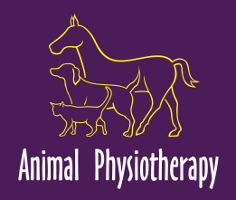Your basket is currently empty!
Elephant CPD in Thailand With Tony Nevin
Elephant CPD in Thailand with Tony Nevin
By Donna Wills PGC A Phys, RVN Member of RAMP, BVNA and IAAT
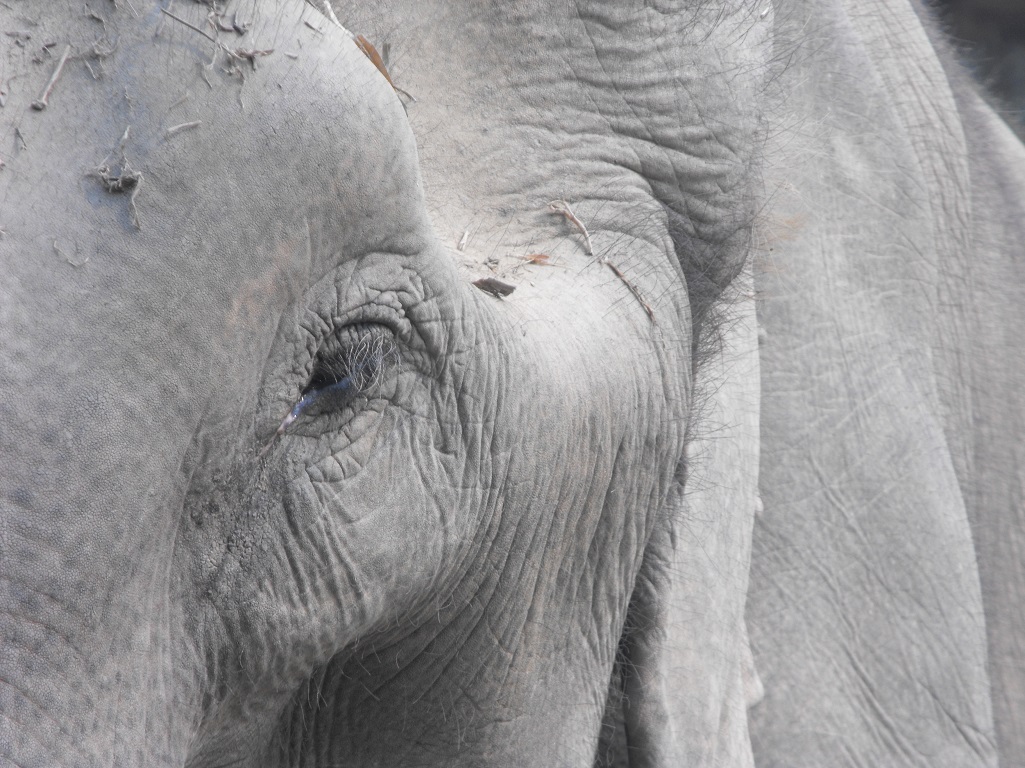
The Expedition

On 14th March 2019 a mixed group of animal Osteopaths and physiotherapists, set off for Thailand for a unique opportunity to both help Elephants and gain knowledge of how to work with these incredible animals. It was an incredible opportunity to work on a new specie and expand your mind by working in another way.
As a veterinary nurse or physiotherapist I usually work with dogs, cats and rabbits by large. But I am lucky enough to have also treated other more unusual species. I also teach my own CPD (continual professional development) on how to treat “exotic patients” and that largely is to teach how to think about treating all other species and how to know where to start on that journey. So, I was over the moon to have the opportunity to now try this, the biggest specie I have treated to date. I am very proud of how I have managed to further my nursing foundation, into specializing in rehabilitation.
We began the course with a brief which included some information on Elephants and some health and safety. You can appreciate the safety part is incredibly important. We then went to meet and palpate and treat our first elephants. The first Elephant we met was desperate to be treated and loved the whole process.

The Brief
These elephants are in an incredible sanctuary. We were taught about the ethos of the establishment and how its method of organisation means the elephants are safe and changes of elephant ownership is discouraged, and the life of the people who own the elephant is enhanced. This made me feel so much better about how Thailand is working to move forward and be good to the elephants. Thailand is the only country in the world to have a microchipping system that is actually enforced! The mahouts (people that look after the elephants) are incredibly lovely. I never saw anything bad at the sanctuary, so I was over the moon.
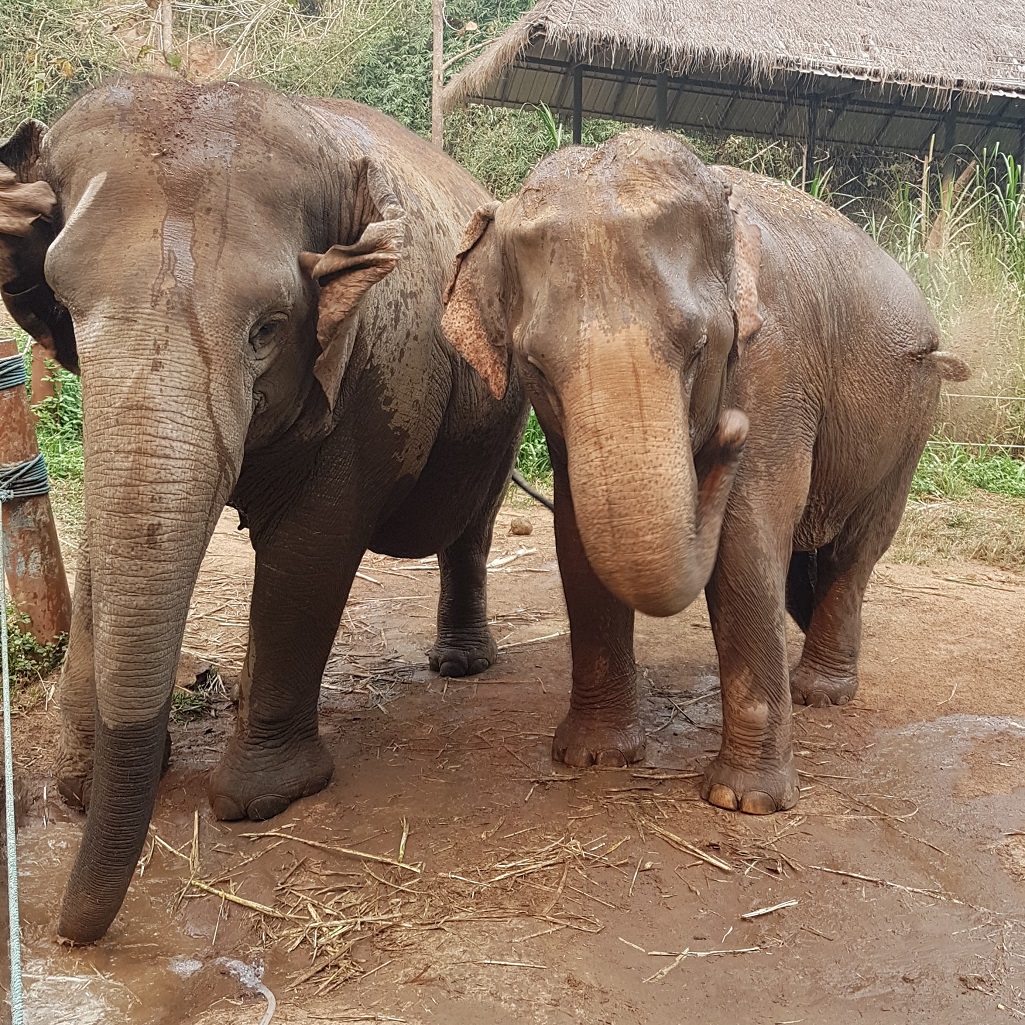
As the work shop is an osteopathic workshop, we were taught osteopathy methods, though many of these are very similar to physiotherapy. Different Elephants had different tolerances for allowing treatments. So, we respectfully work around this. One chose to wonder off and romp through the elephant grass instead. So, we took the opportunity to watch the movement instead. Ii was great to see how high they can lift their limbs and how this could be used to encourage stifle flexion, weight shifting, balance and proprioception. Some also have different methods of treatment that they prefer. Rather like us all…we all have our favourite types of touch for ourselves. So, some Elephants wanted a stronger deep pressure and others lighter.
Veterinary care and working on the Elephants
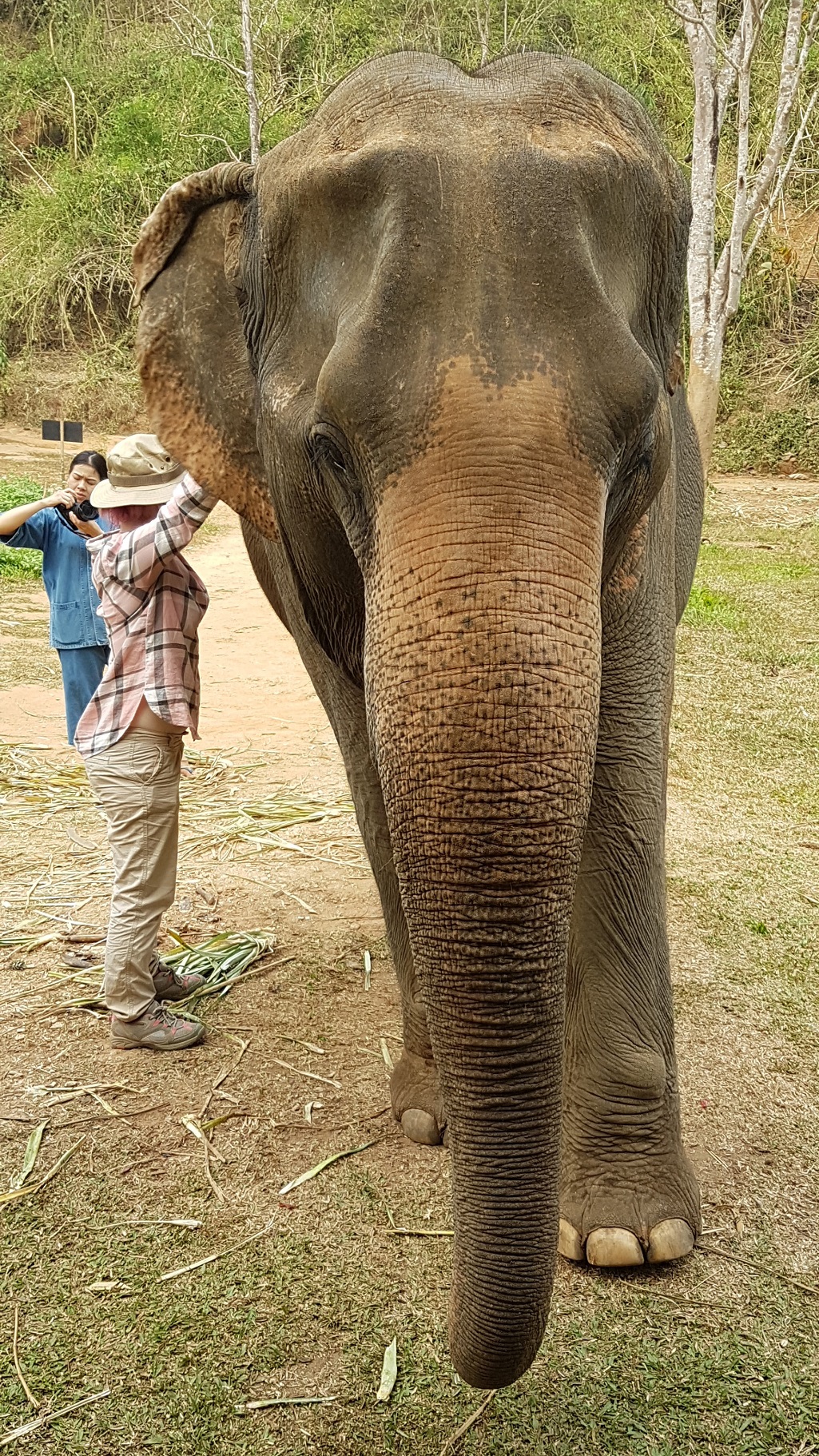
What was truly amazing is that you think that skin will be incredibly thick and immobile. But it moves incredibly well and whilst the skin is thicker than that of a cow, it is rather similar to massaging a cow! It was so interesting to see the movement and do the gait assessment. You need to move your eyes further to see everything. But by the end of the week, you are surprisingly good at very quick gait assessment. You become tuned into the elephants and you have to stay calm around them for them to be calm with you. This is not dissimilar to everyday work, but its incredible seeing an elephant go from excited and swinging their trunk all over the place and then calmly standing with far reduced movement.
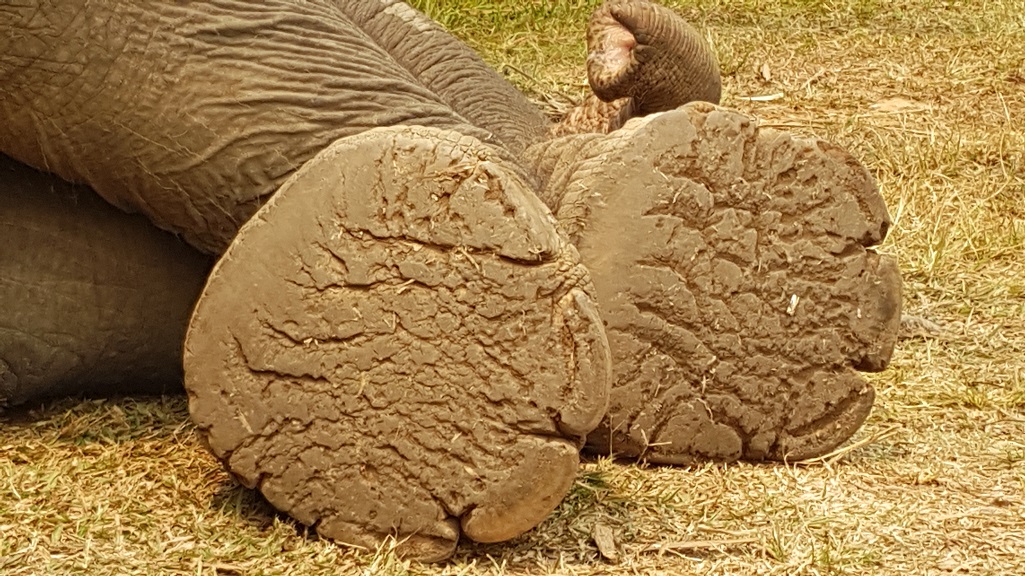
Watching gait was something I found fascinating. They stand very similarly to humans, with hyperextended stifles and their elbows hyperextend when they walk too. They only have 2 gaits, walk and faster walk. Their foot motion is the same rolling action on the floor as a human too, so instead of placing the foot straight down, it rolls from heal to toe. This means they wear out the backs just like we do on our shoes. It also means their ability to hyperextend their carpi is incredible and they can climb a hill with no issue. Seeing the sole of the elephants foot spoke volumes.
Positive reinforcement

Positive reinforcement was a really big thing as the whole sanctuary runs with kindness at their heart. I had a wonderful conversation with the elephant vet. She was so kind. We spent time discussing the more common elephant ailments and how they treat them. Their medications are the same as horse options, so you will be familiar with them. They do use the nutraceuticals too! I even discussed using camomile tea as I have most of my patients on this. We both laughed at the idea, but the point of my question was to see how much they think outside the box with medication and how well they do engage a multimodal approach
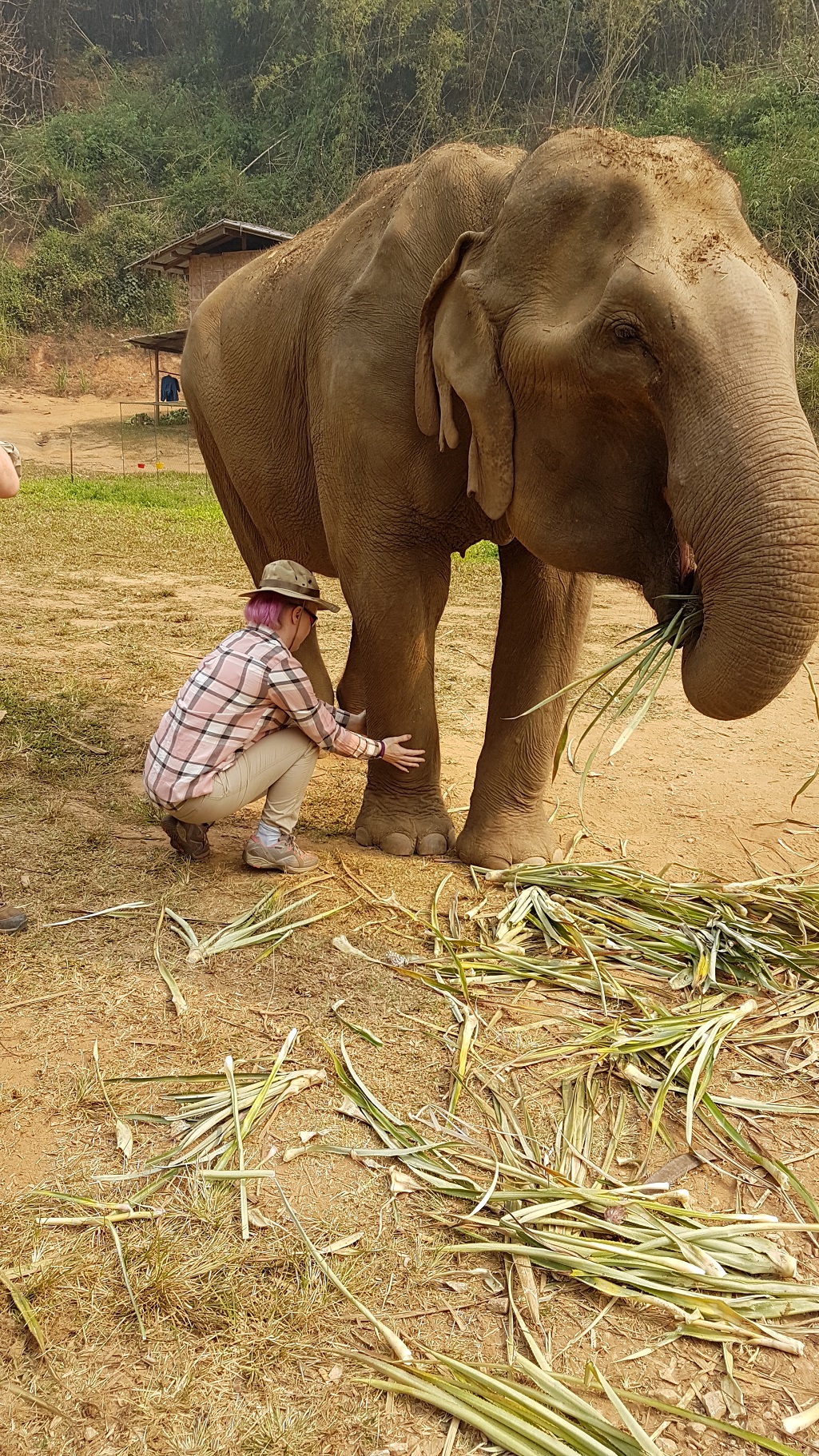
to treatment. I was over the moon to see they were incredibly open minded and engage lots of options. Ultimately, this is reflected by the fact that our group of MSK practitioners were there and actively encouraged to be there. They even use pain scoring to ensure they are dosing effectively, whilst also thinking about patient longevity. Elephants live a good 60 years in this environment so filling them up on Nsaids at age 20 may not be the best approach long term. Obesity was actually the biggest issue for these guys and so weight loss programs were something that they were trying to figure out a way of implementing. Its funny to think of a weight clinic for elephants, but clearly the weight problem is pandemic. They also do have body condition scoring for the elephants. Most of the ones we saw were a 5 (obese) but there was one elephant who was a 3.
Elephant communication
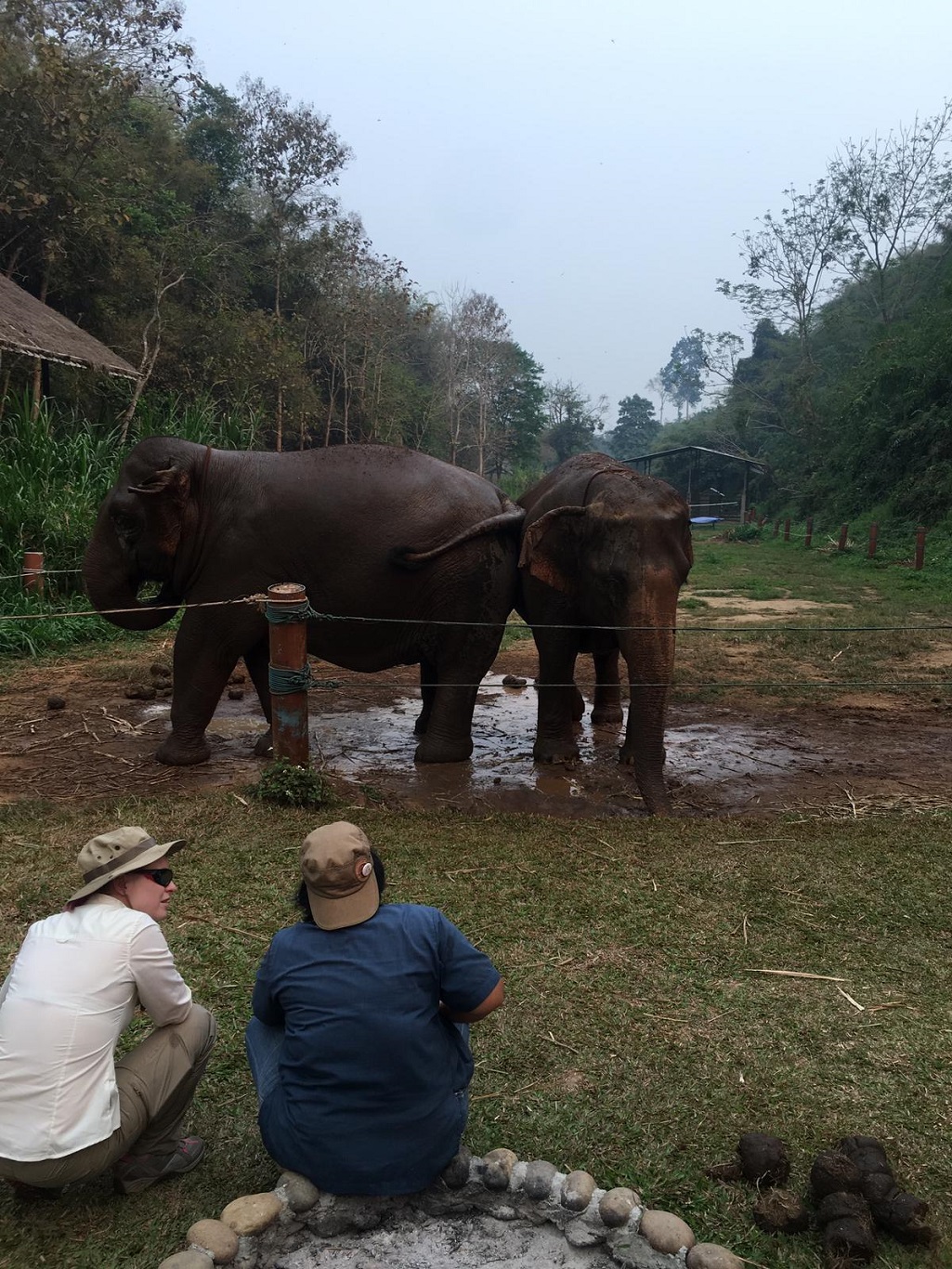
We did one excursion day, where we went somewhere else to see how else elephants are used here. We have to remember that here, elephants are effectively like our horses…in the uk tourists may well ride a donkey at the beach or even a horse on a hack. This is their equivalent. But I can’t deny, it did make me sad. But when we spoke to the tour leader, she explained that this work brought in money to allow the elephants to be well looked after, and pay for vet bills and vaccines etc. They finish their work day at 3pm and are turned out to the forest, same as a horse in a yard might be. So, it was not a bad situation. But elephants, whilst we don’t know how many facial muscles there are, there are 4000 muscle bundles in the trunk, so it is incredibly expressive. And when I thought about it…their trunk use for
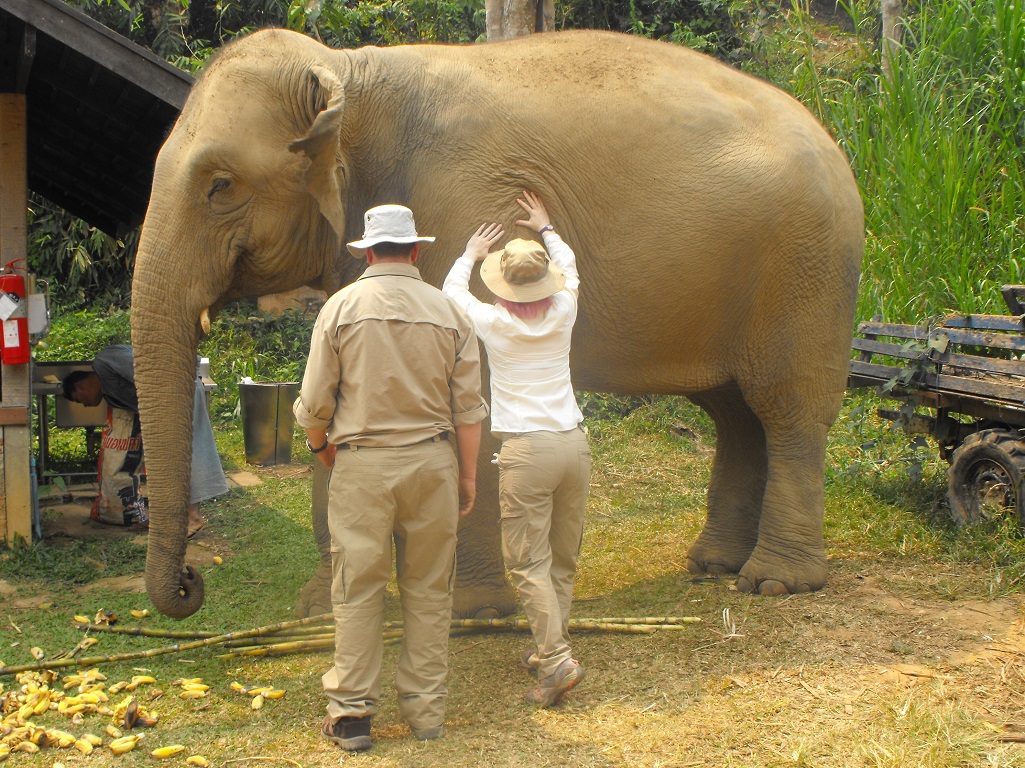
communication is rather similar to how we might use our arms to gesticulate… So, they really know how to pull your heart strings and they definitely pulled mine.
There was an amazing study being done with some of the Elephants at the Sanctury. This was to help prove sentience. Not something I feel needs proving, but if proving it helps non animal people make good changes, then its essential. They had developed a test to prove Elphants Eve’s drop. Brilliant! Elephants havev amazing ways of communicating. Mostly not from thier eyes since they have very poor sight. But largly through feeling thier rumbles through thier feet and using their trucks for touch. They can also verbalise and they do heard that. But hearing thier dull rumbles is such a beautifully relaxing sound. When you hear it, you feel as you do when you hear a cat purr.
Great Experiance
It was a great experience to spend a week working with elephants in their happy home. It is bizarre to think of an elephant as a “pet”. But it was incredible to have the opportunity to observe their movements and critically assess their bodies to find areas of discomfort. The people we met at the sanctuary were all kind, welcoming and grateful. It was fabulous to see the teamwork ethic so strong here. These memories will help shape the future of my career, as all our experiences do, and let’s face it…. It’s a pretty awesome CPD location!
If you want to hear more about the expedtion visit my facebook page where I posted my daily vlog. And look out for our podcast with Dr Megan Kelly and online pet health
